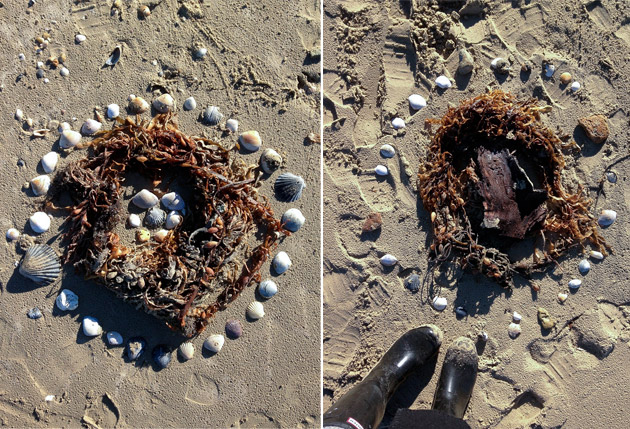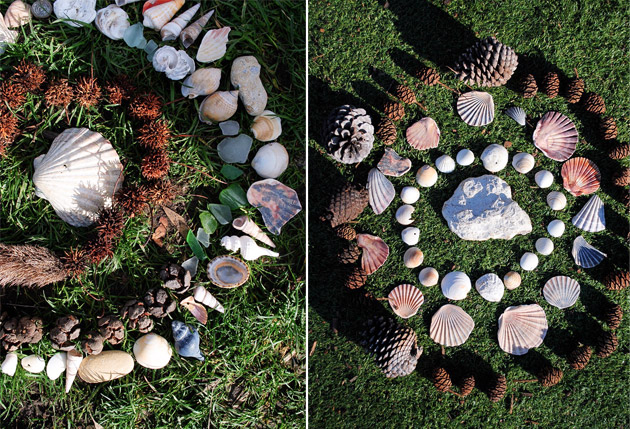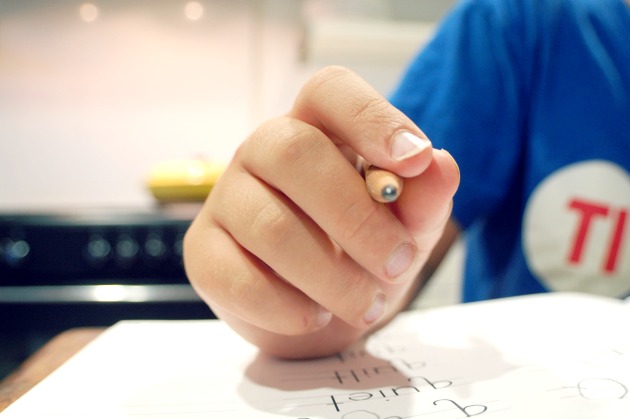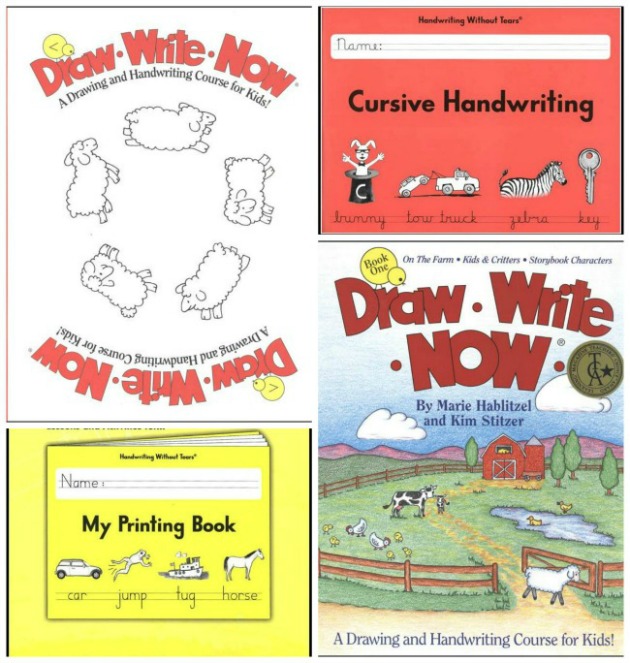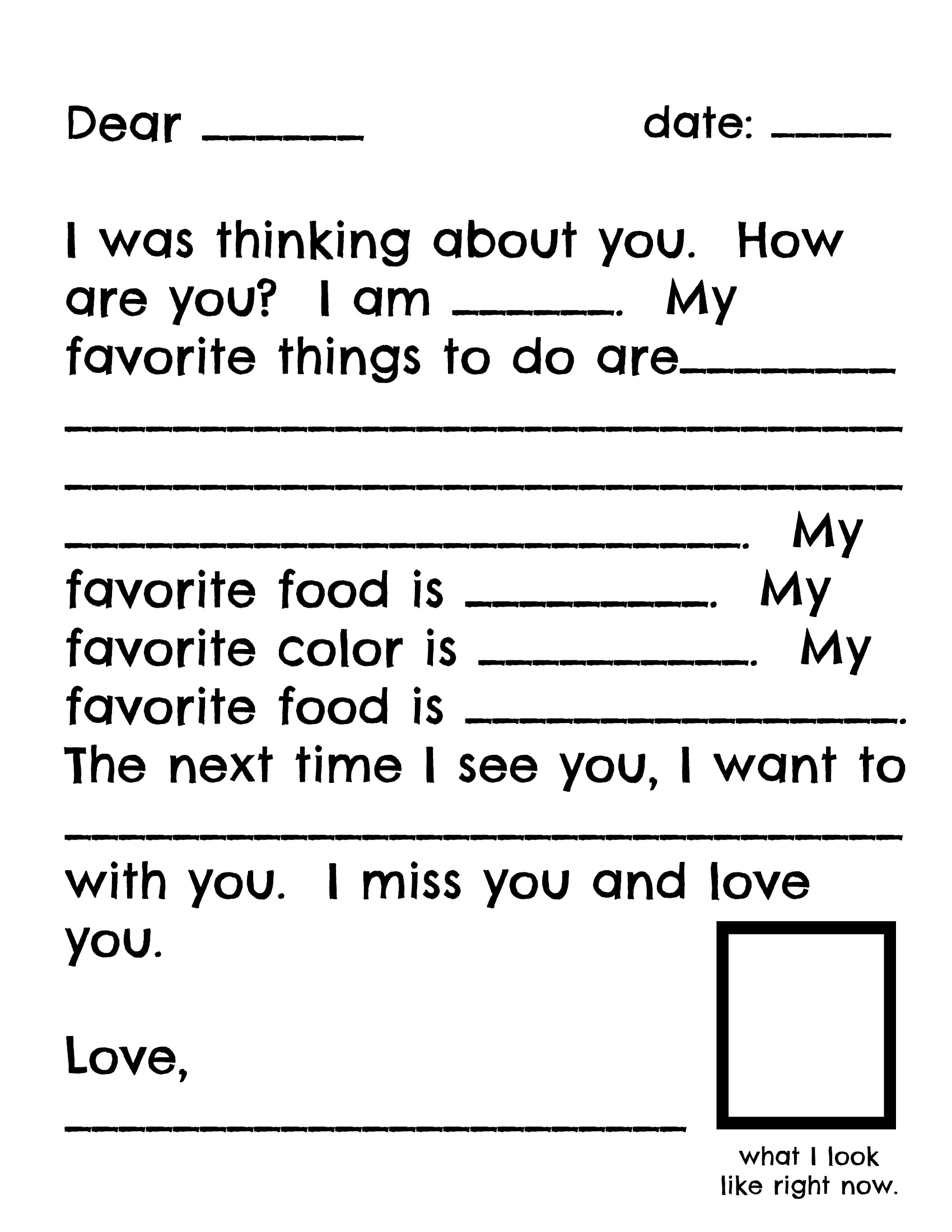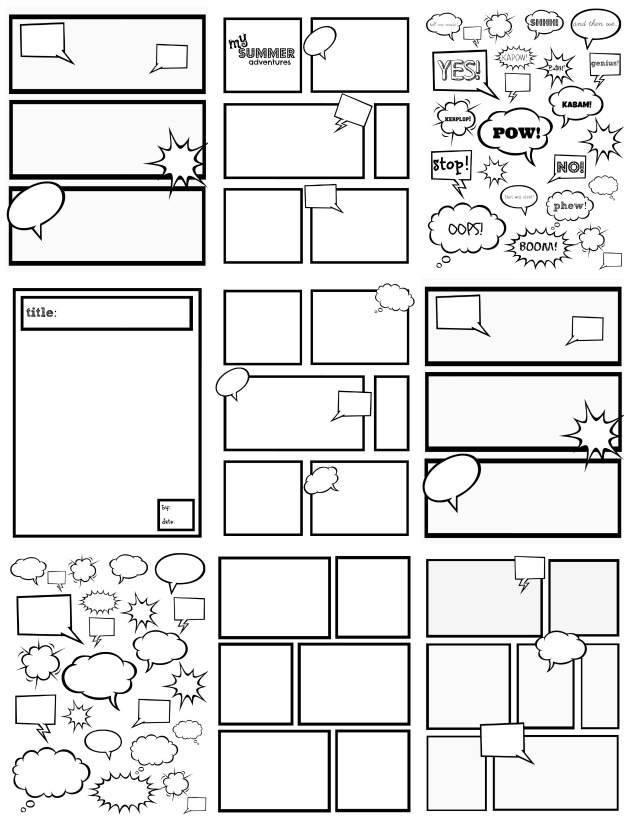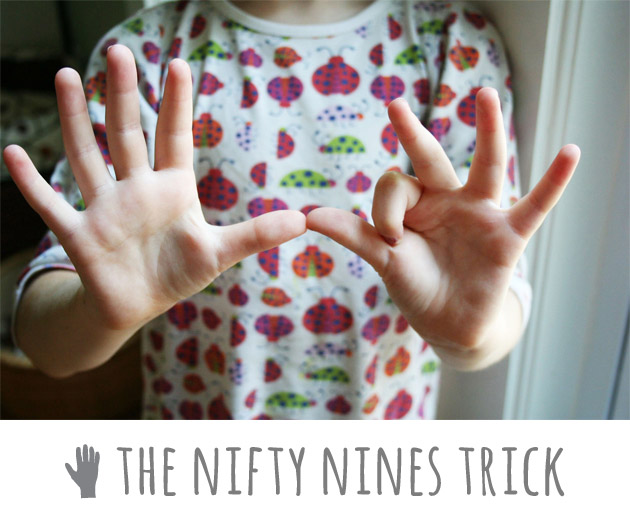Child’s Play: The Art of Toy Rotation
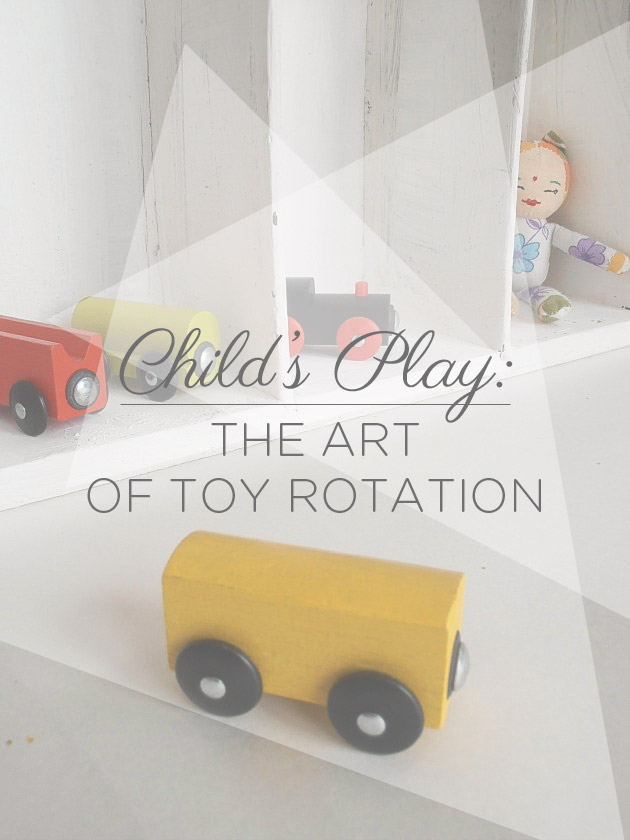
“An avalanche of toys invites emotional disconnect and a sense of overwhelm.“
To rotate: to replace, usually according to a schedule or plan.
Rotating is one of the easiest ways to deal with toy overload and is hands down my favorite. In my previous posts I mentioned it already, but today let’s take a closer look. You will see it’s no rocket science as we go through 8 easy steps.
Foremost, let me give you a list of the main reasons you will love it:
- Inventiveness and fantasy blooms
- Clean up time becomes a breeze
- Less toys out equals more and deeper engagement
- Siblings fight less
- Everyday objects are reinvented and turned into toys
- Overstimulation is easier to avoid
- Children learn to play on their own
- Toys are used in new ways
- Teaches independence
- You are better prepared for birthdays and holidays
One evening after my son’s second birthday I looked around the living room and felt slightly uncomfortable. The room is our main play area where he has a long shelf and two drawers for his toys. Nonetheless, trucks and trains were scattered everywhere, taking up more and more floor space. On opening a drawer, heaps of toys, untouched for weeks jumped up at me. I took a deep breath and instead of some well deserved “me time,” I immediately transported some of it to the basement.
Months passed and although we were still happy with this basic approach I realized that in order to fully enjoy all the amazing benefits I could take this to the next level.
Let me explain how it is both simple and effective:
To make it easier to understand, we will prepare 4 boxes of toys which you can rotate every 2 weeks. I encourage you to customize this method until it suits you and your family’s lifestyle. You can try with only 3 boxes, or you can rotate more frequently. If you have more children you can do mixed or different boxes per child.
The steps are as follows:
Step 1: Corral
Put all of the toys in one room If this sounds too overwhelming, go room by room through all the steps
Step 2: Decide
Decide what to keep and what to get rid of? No need to rotate that 3 legged horse or incomplete puzzle
What can be left out permanently (Lego, certain fave toys)?
Step 3: Divide
Divide all the “rotating” toys into 3 main categories:
- Thinking toys: they target cognitive development and fine motor development (puzzles, board games)
- Moving toys: they target gross motor movements (balls, cars)
- Pretending toys: they target social/emotional development and language development (dolls, Lego)
*You can find more great info on these categories here.
Step 4: Record
Record the name of each toy/or set by category. Preferably each category on a different piece of paper, leaving plenty of space for notes and ideas. As you wrap up a 2 week period you can jot down your remarks, which toys they played with and what they are into at the moment. Taking stock will not only provide you with valuable information for when you go shopping for presents, you will also have a wonderful notebook full of memories at the end of the year.
Step 5: Form
Form four groups in each category. Try to make each group equally engaging. This step will show you were there is lack or excess so don’t forget to jot down your insights.
Hint: you can even show it to grandparents/aunts to help them decide what is needed and what not. Xmas is not that far away…
Step 6: Prepare
Prepare four boxes and put one group of every category in them. This way you will have in each rotation some thinking toys, some moving toys and some pretending toys.
Step 7: Store
Store the three out of sight boxes. Be aware that easy access is key if you want to keep up the good habit—garage, playroom or under your bed doesn’t really matter as long as your little ones can’t reach them.
Step 7: Display
Display the toys from the left out box as welcoming and exciting as you can in baskets and on their shelves. Spice it up with their artwork and books and tad-ah(!) you are set for 2 weeks!
Step 8: Rotate
Change out toys every two weeks.
If you’d like you can write down 5 toys that you noticed your children haven’t played with for a while in the comments below. Promise me, this evening when you clear away the toys, to put those five toys neatly out of reach. Remember this is exactly how I started!
Also, here are a few helpful links about toy rotation from around the web:
- Motherhood Mondays: The Great Toy Experiment – Cup of Jo
- How to Rotate Toys – Little Stories
- Rotating Books and Toys: Tips for Downsizing – Simple Kids
- Toy Rotation – The Speechies
Try One of Our Workshops…
[ubergrid id=24468]

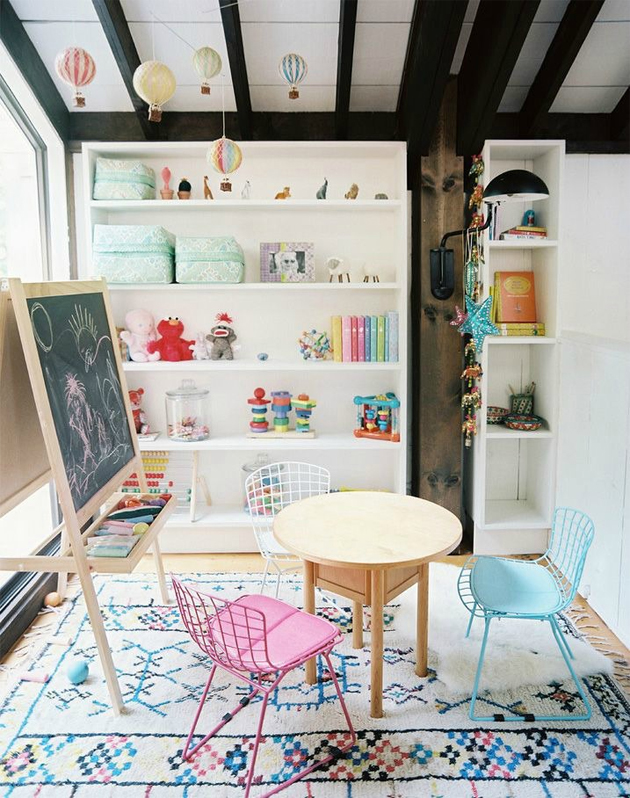
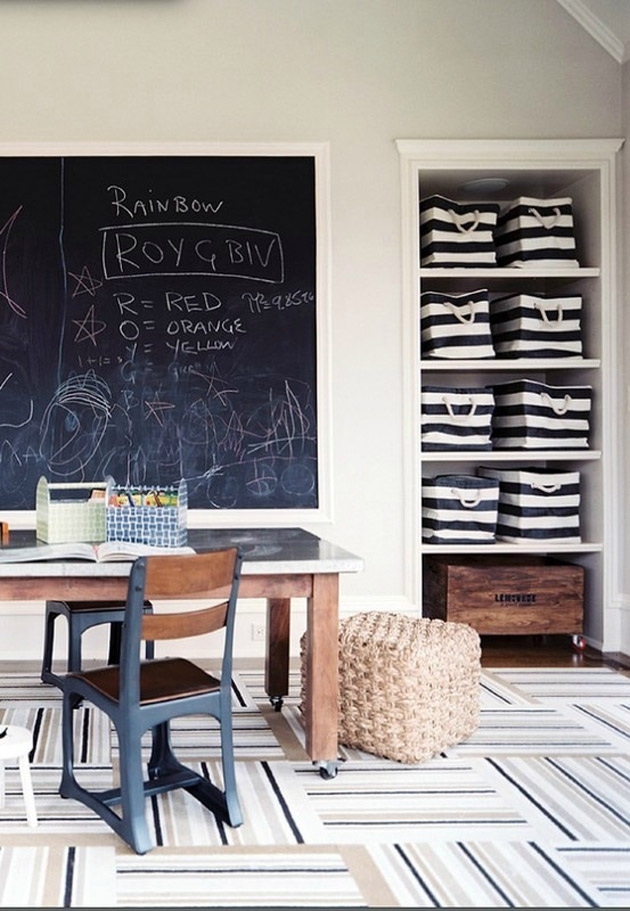

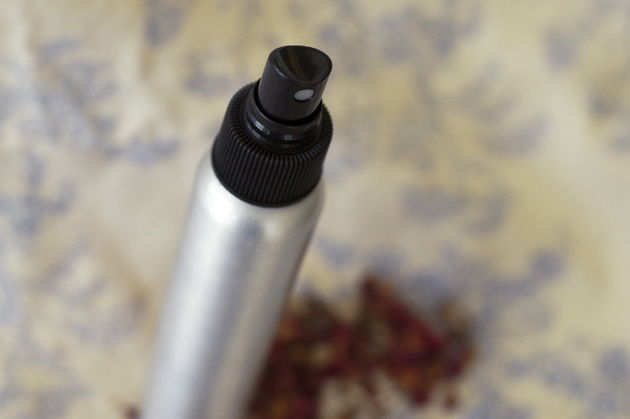
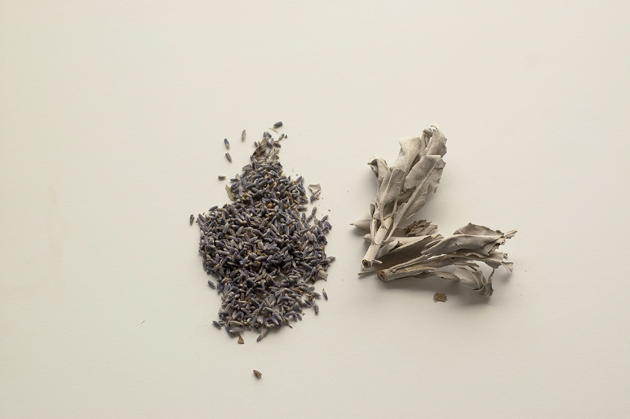
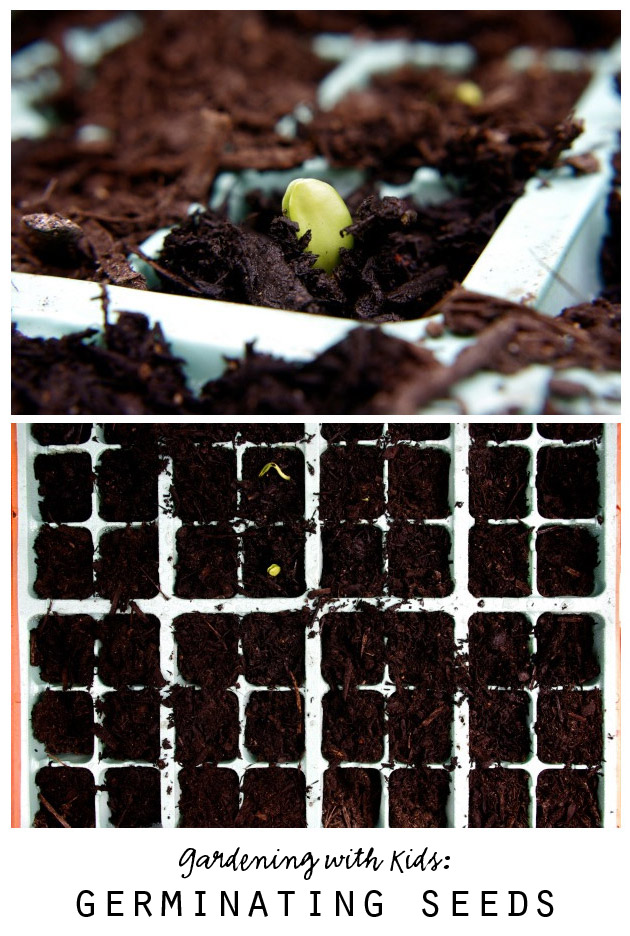
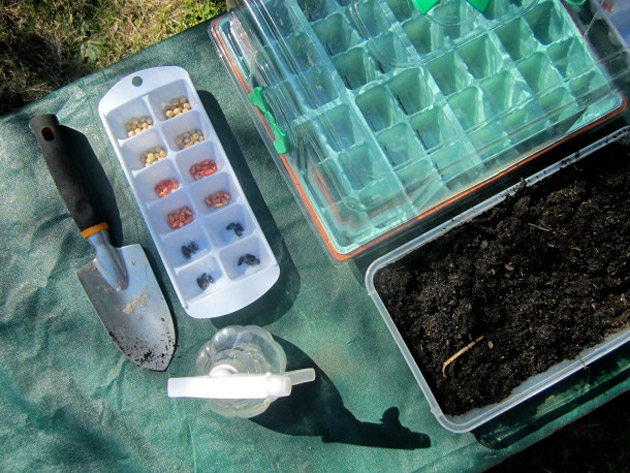
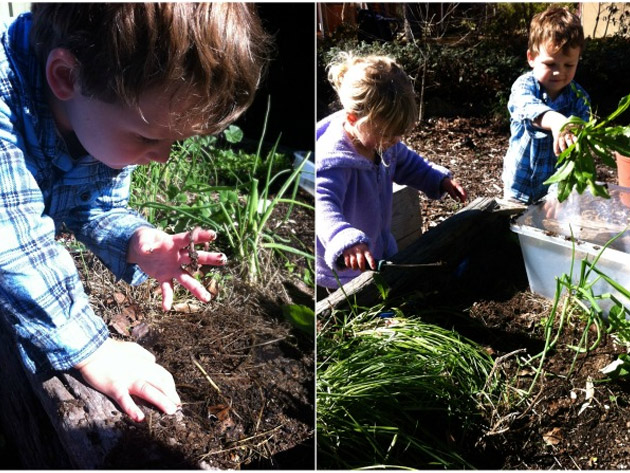
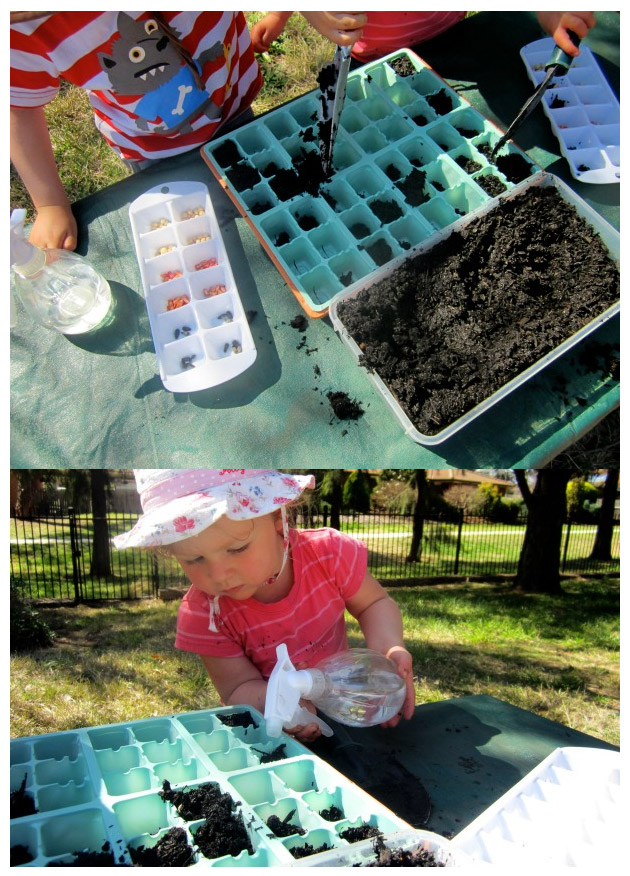
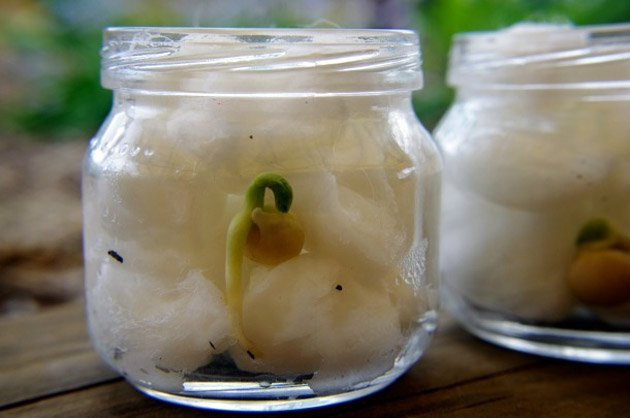
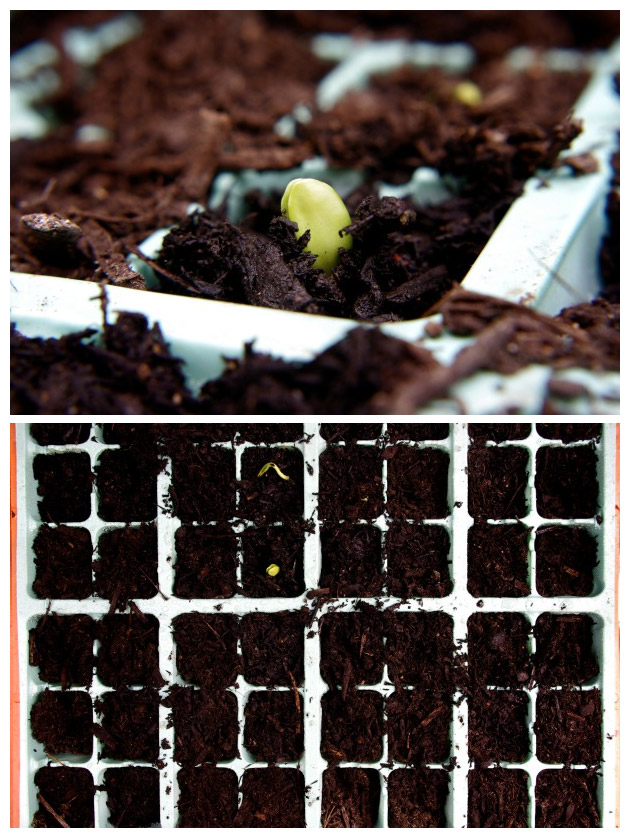

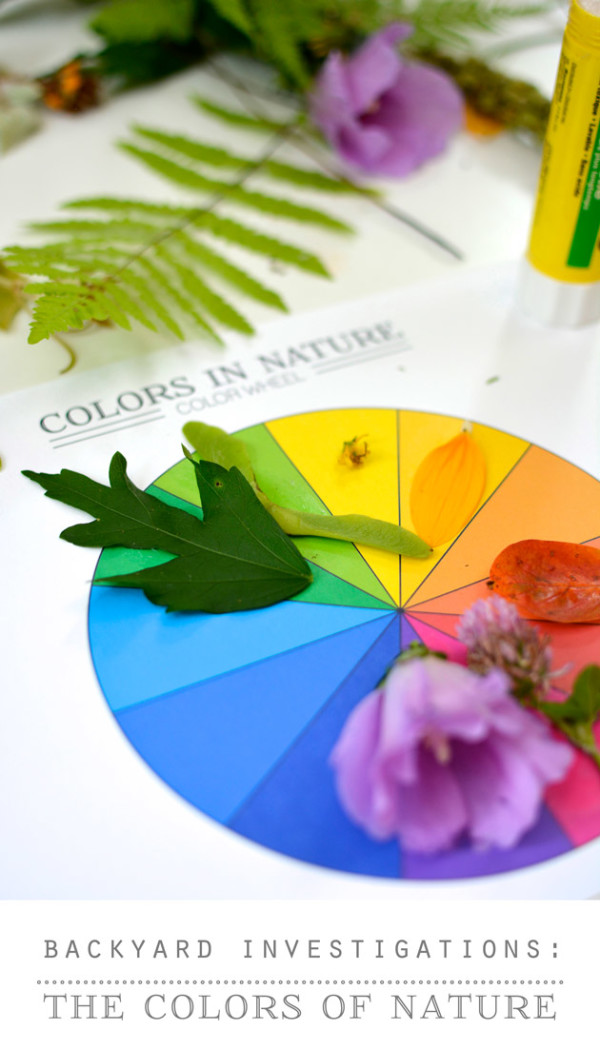
 “Come forth into the light of things, let nature be your teacher.”
“Come forth into the light of things, let nature be your teacher.”


